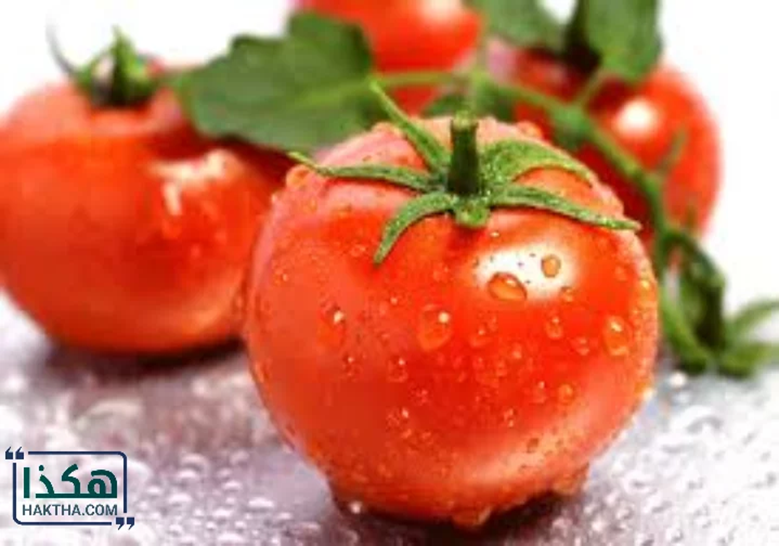? The history of tomato classification... Legally, is it a vegetable or a fruit

A question that has long fooled schoolchildren across the country: Are tomatoes a fruit or a vegetable?
Based on botany, tomatoes are a fruit, but legally they are not. The origins of this difference and discrepancy go back to an obscure case heard by the Supreme Court during the nineteenth century, and many experts know nothing about it.
“Tomatoes have a strange history,” explains George Ball, CEO of seed company Burpee. “When people learn about it, they are amazed for the rest of their lives.” As Paul explains, there is a big difference between fruits and vegetables; A fruit is technically a plant that has seeds inside it, while a vegetable is actually any part of a plant that we eat.

At the time, when the case was heard before the court, called “Nix vs. Hidden,” there was another major difference between fruits and vegetables, which was that the tariff on vegetables imported into the United States was imposed at 10 percent, while this was not the case for To fruits.
When a large customs tariff was imposed on John Nix & Company, owned by John Nix, a wholesale merchant in Manhattan, and his four sons, on a shipment of tomatoes coming from the Caribbean, he objected to the tax on the grounds that tomatoes were not fruits. The case was filed in 1887, and was then referred to the Supreme Court in 1893. The court at that time rejected Nix's claim, on the grounds that people do not cook or eat tomatoes as fruits and therefore a tax should be imposed on them.
Justice Horace Gray wrote in his ruling in 1893: “From a botany perspective, tomatoes are fruits, as are cucumbers, zucchini, beans, and peas, but in the language of ordinary people, whether sellers or consumers, all of these plants are vegetables.”

The timing of Gray's reign coincided with a period of great transformation in the fruit and vegetable trade, when a new class of local wholesalers like the Nixes, who had once represented a series of major local and regional markets, began bringing crops from far away to urban consumers.
According to news reports published at that time, John Nix & Company was one of the first companies to import crops coming from Florida, California, and Bermuda, and even rented a steamship to transport onions faster. The company was exporting fruit to Europe, and returning with tomatoes imported from the continent. By the time of John Nix Sr.'s death in 1922, the company had opened its second branch in Chicago in order to expand the business in transporting and trading fruits and vegetables. In 1939, when the League of Nations sought to classify fruits, vegetables, and other goods in order to harmonize tariffs, tomatoes ended up being classified among vegetables, edible plants, and tubers.
A documentation official at the World Customs Organization believes that Gray's ruling may have had an impact. Accordingly, the US Department of Agriculture also adopted that classification. “My understanding is, they relied on the ‘Nix vs. Hedden’ case in the 1890s,” said Travis Minor, a crop analyst with the Department of Agriculture. This does not mean that the issue ends there; Many states objected and protested, as the states of Tennessee and Ohio considered tomatoes a type of fruit, while the state of New Jersey considered them a vegetable, specifically referring to the “Knicks vs. Hidden” issue. To complicate matters further, the European Union issued a directive in December 2001, classifying tomatoes as a fruit, in the same way as rhubarb, carrots, sweet potatoes, cucumbers, pumpkins, and cantaloupes. As for George Boole, the two classifications should not be contradictory and mutually exclusive; According to his company's logic, which resembles Judge Gray's, plants should be described according to their use. George says: “Are tomatoes a fruit?” naturally. Is it a vegetable? certainly". Burpee's final ruling on the seed packaging confirms that they are "vegetables."
Source : websites

